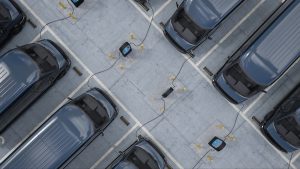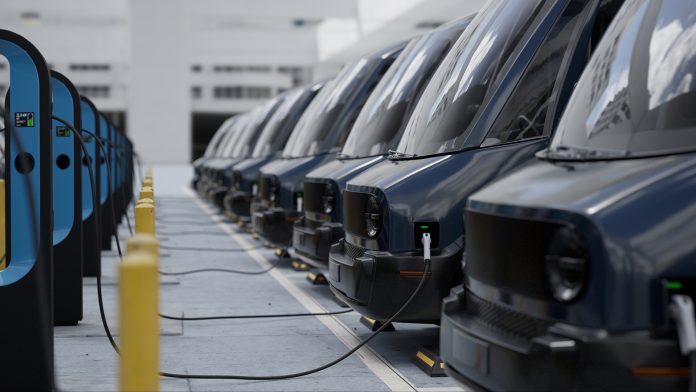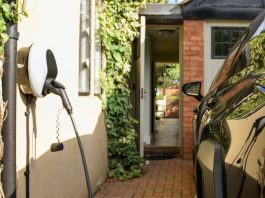Thierry Grenut, Sales Director, Milexia Group, discusses the benefits of adopting an EV fleet and recent advancements in battery technology.
Thanks to technological advances and supportive government policies, EVs are becoming popular in the UK and Europe. The country’s fleet operators are at the forefront of this trend, with their EV acquisitions accounting for 53.3% of last year’s 2.3m new vehicle registrations. Research findings from energy company Centrica Business Solutions indicate that EV fleet owners are set to raise their EV spending by 50% within the next 12 months.
However, HGV electrification is still in its infancy owing to various challenges. Costlier and heavier batteries and a lack of charging infrastructure along long routes are the major bottlenecks in realising HGV electrification for long-haul freight transportation.
Examining the incentives for adopting an EV fleet
The incentives behind EV fleet adoption are numerous. With their simpler and more compact design, EVs use less money-consuming energy than alternatives powered by internal combustion. They have lower maintenance overheads, with a total cost of ownership that can be recovered within five to eight years, depending on the vehicle’s range. And, of course, they help reduce greenhouse gas emissions, cut noise pollution in urban areas, and are more recyclable.

Currently, there are around 4,000 zero-emission trucks operational across Europe, but this will have to expand to 400,000 trucks by 2030 if the continent’s carbon emission targets are to be met. Today’s 2% of total truck sales will have to hit double-digit levels in short order.
The charging conundrum
The electrification of HGVs is progressing at a different pace to that of smaller vehicles, like cars and vans. This is because eHGVs demand costlier and heavier batteries than smaller vehicles and suffer from a shortage of appropriate charging infrastructure on long-haul routes. The upfront capital costs of electric HGVs can be high, making it critical to weigh the total cost of ownership over the vehicle’s operational lifespan.
The main problem with lithium-ion batteries is that they have the possibility of overheating and blowing up, even igniting serious fires that can destroy the entire car. These batteries also have a shorter life than expected due to the constant recharging that must be done.
For example, on a full charge, most EVs can only travel 300 to 400 miles before finding a place to charge up. That charge can take up to 12 hours if a level II charging station is unavailable. When travelling over short distances, this will not be much of a problem, but for long-distance travelling, it becomes a big issue to keep the schedule created. This is because the current technology is not good enough to offer longer distances.
Range anxiety is a serious barrier to the widespread adoption of electric EVs, and this is further intensified with eHGVs. It is therefore to be taken seriously. A recent survey done by Statista, shows that range anxiety and charging accessibility are the biggest consumer obstacle to investing in an EV fleet, with price ranking second, and battery environment impact being third.
However, a study conducted by Volvo reports that while 65% of EV drivers had range anxiety when they first bought an EV, this sensation fades after a few months of use.
Battery technology is progressing
On the plus side, battery technology is evolving. Solid-state batteries promise nearly double the energy density of lithium-ion ones on the basis of weight while permitting faster charging and, in all probability, increasing the safety and stability of cells. Being smaller and lighter means that manufacturers can put far more power in the same space, giving an EV or hybrid vehicle something like twice the range of one dependent on lithium-ion. This has radical implications for the commercialisation of the EV. But solid-state technology is a work in progress, and there are manufacturing and longevity hurdles to be overcome on the way to mass production.
Charging technology is also moving on. Electric drivers can now use ultra-fast charging or high-power charging (HPC) where available, giving them between three and seven times faster charging than conventional stations.
Fleet managers may well seek to evaluate how the potential of EV fleets sits alongside that of vehicles using biofuels. Both options, in truth, have merits and demerits. EVs have the edge in performance, and note should be taken of huge increases in the number of available charging points. Innovation is making batteries better and cheaper. EVs commonly have higher upfront costs than biofuel vehicles but lower long-term operating costs. EV evangelists point to the impact that biofuel production has on the use of land resources, arguing that it impacts food production. But biofuel technology is also evolving in ways that might cut that impact.
Hydrogen-powered fuel cells are the future for some. At COP28, more than 30 countries supported the role of clean hydrogen in decarbonisation. EV batteries are many times heavier than biofuel or hydrogen cells and can take hours to fully recharge. Refuelling a hydrogen-powered vehicle takes around the same time as filling up a conventional petrol car.
Looking ahead
It is essential for policymakers and industry stakeholders to remain vigilant in their assessments of the most environmentally sound options for the future of electric vs biofuel-powered vehicles.
When it comes to lithium-ion batteries, the industry must invest in alternative solutions while, in parallel, remediating and reducing the impact of lithium mining. Recycling and increasing the lifetime of these batteries is key in reducing the need to mine huge quantities of the precious material.
This effort should be accompanied by new lithium mining operations with strict environmental laws and regulations and investment in advanced mining methods capable of extracting lithium from seawater.
On a positive note, technological advancements are well underway. Technology is evolving, with options multiplying to determine how we can decarbonise road transport and benefit from greener fleets. Easily chargeable, greener EV fleets are on the horizon.









